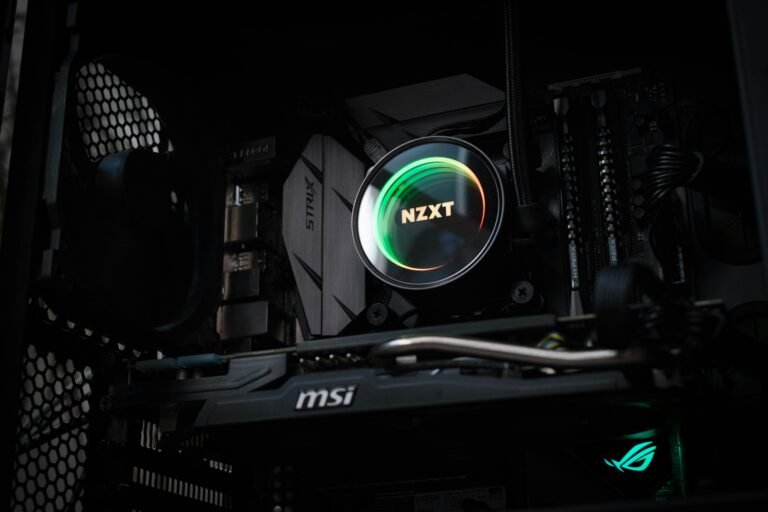A GPU driver is software that allows your graphics processing unit (GPU) to communicate with your operating system and applications. It acts as an interpreter, ensuring that instructions sent by your software are correctly understood and executed by the GPU.
What Is a GPU Driver?
A GPU driver is essential software that enables your computer’s graphics card to render images, videos, and games efficiently. It ensures that all graphical processes run smoothly by optimizing how data is sent to and processed by the GPU. Without it, your GPU may not work properly, leading to lag, stuttering, or even system crashes when handling demanding visual tasks.

How GPU Drivers Work
GPU drivers act as a bridge between the hardware (GPU) and the software (applications, games, and OS). They translate commands from software into instructions the GPU can execute, improving rendering speed and graphics quality. By continuously optimizing these processes, GPU drivers enhance efficiency and allow new technologies, such as ray tracing and AI-driven enhancements, to be properly utilized.
Why GPU Drivers Matter
Keeping your GPU drivers updated is crucial for several reasons. Updated drivers often include optimizations that improve performance in the latest games and applications, ensuring a smoother and more responsive experience. They also fix bugs and address compatibility issues, preventing crashes, graphical artifacts, and other technical problems. Additionally, manufacturers release updates to support new hardware and software features, ensuring that your system remains capable of handling the latest advancements in graphics technology.
Types of GPU Drivers
There are different types of GPU drivers, depending on your hardware and use case. Each type serves a unique purpose and is designed for specific needs:
Official Drivers: Released by GPU manufacturers (NVIDIA, AMD, Intel) and optimized for stability and performance. These drivers are rigorously tested to ensure they provide the best experience for most users.
Beta Drivers: Early versions with experimental features and performance improvements, but they may contain bugs. Gamers and enthusiasts often use these to test upcoming optimizations before they are officially released.
Custom Drivers: Modified by third-party developers to enhance performance or unlock additional functionality. These are less common but can be useful for specific scenarios, such as retro gaming or older hardware compatibility.
Integrated Drivers: Pre-installed on operating systems, providing basic functionality but lacking optimizations. These are useful as a fallback but generally do not offer the same level of performance as dedicated drivers.
How to Update Your GPU Driver
Updating your GPU driver is a straightforward process that ensures you get the best performance and stability from your graphics card. Follow these steps to update your driver properly:
Identify your GPU model (NVIDIA, AMD, Intel, etc.). You can do this through the device manager in Windows or system settings on macOS.
Visit the manufacturer’s website and navigate to the drivers section. Most manufacturers provide an automatic detection tool to simplify this process.
Download the latest driver that matches your GPU model and operating system. Make sure to download the official version to avoid compatibility issues.
Install the driver and restart your computer. This ensures the changes take effect and the new driver functions correctly.
A GPU driver is essential for graphics performance, stability, and security. It acts as a crucial link between your GPU and the software you use, ensuring smooth rendering and efficient processing. Keeping it updated not only prevents issues but also enhances overall performance, allowing you to get the best experience from your graphics card—whether you’re gaming, editing, or simply browsing the web.
